Emissions, climate change, greenhouse gases — how are these related to sourcing coffee? The coffee supply chain at origin is working hard to mitigate the effects of climate change by reducing and eliminating the conditions that contribute to its causes. Globally, agriculture is a major net emitter of greenhouse gas. The coffee farming sector, however, is ahead of many other crops in its efforts to reduce and offset the amount of greenhouse gases it emits into the atmosphere.
“Carbon Neutral” is used to describe a situation with zero net emissions, meaning that any emissions are offset by carbon capture activities, most notably reforestation. There are several ways to calculate carbon neutrality and build emissions reduction and offsetting activities into the coffee production supply chain. Here are three ways producer groups in Latin America are calculating and mitigating the carbon footprints of their supply chains.
Carbon Neutral Coffee Farming
Aquiares Coffee and Community is the largest coffee estate in Costa Rica. The farm, mill, warehouses, and surrounding community of worker-owned housing and shared facilities are tucked into the valleys of the Turrialba Volcano in the canton of that name. The farm has been a leader in sustainable coffee production since the 1980’s, and their agroforestry farming model renders the coffee production process carbon neutral.
At Aquiares, carbon neutrality is calculated with a greenhouse gas emissions inventory reflecting the use of petroleum products, biomass combustion, fertilizer, and other emissions resulting from the farm’s operation. A forestry consulting firm has helped Aquiares measure the absorption of greenhouse gases by the farm’s flora, both the native primary forest and hardwood trees intercropped with coffee. 50 individual growing plots have been established where tree diameter and new annual growth is measured.
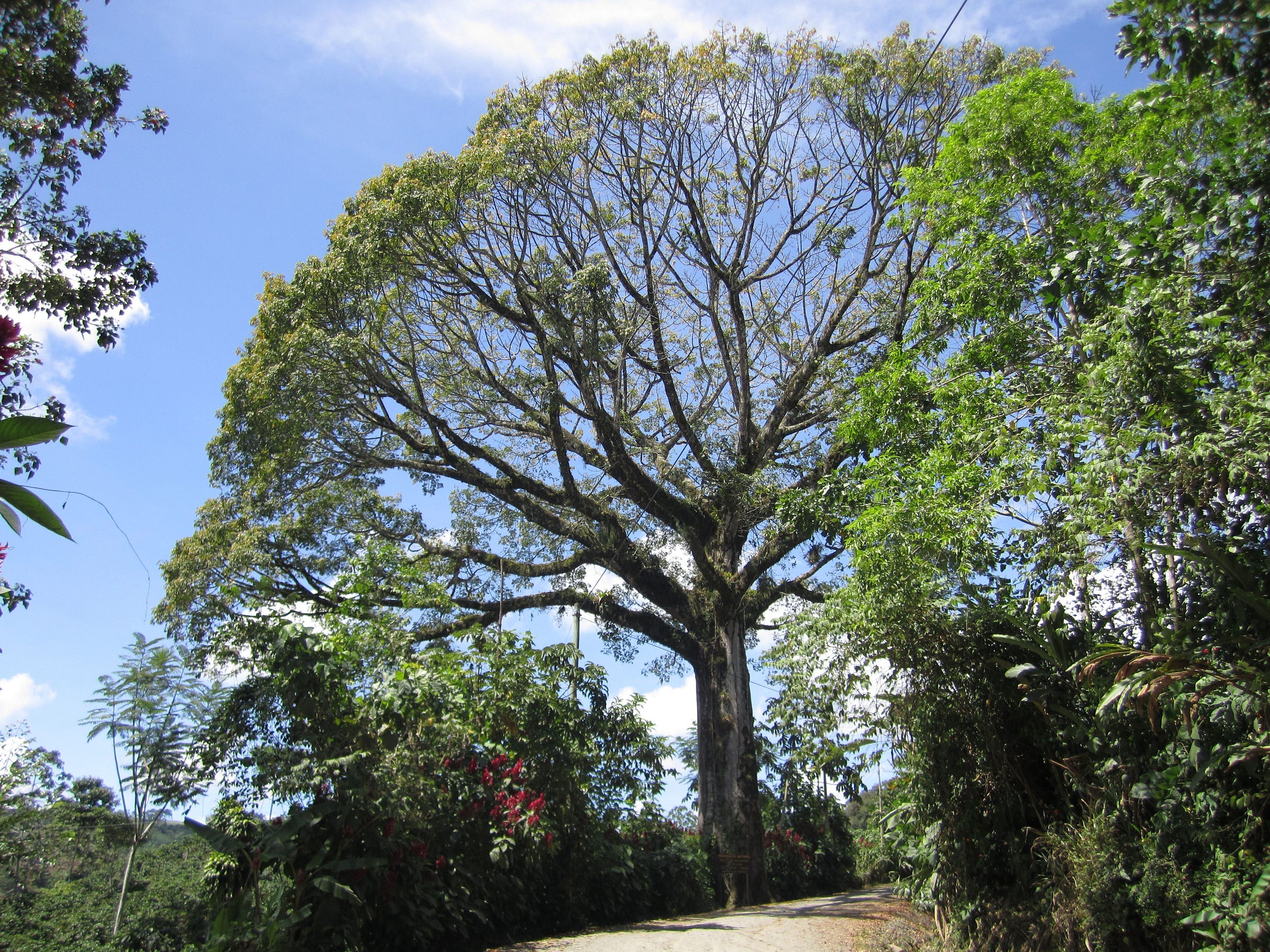
The Aquiares End Balance (emitting or sequestering) is verified by a certified agent under the International Panel on Climate Chance 14065 norm. With these calculations from the end balance, Aquiares can accurately target carbon reductions in the farm’s operations and may eventually offer other companies carbon bonds to aid in their own internal carbon neutrality commitment.
Aquiares was also included in the Costa Rican Coffee NAMA (Nationally Appropriate Mitigation Action). NAMAs help each country focus their emissions reduction and sequestering strategies based on their respective industries and landscapes. Costa Rica has identified the country’s coffee farms, with their semi-forested land and efficient processing mills, as integral to national climate change mitigation steps.
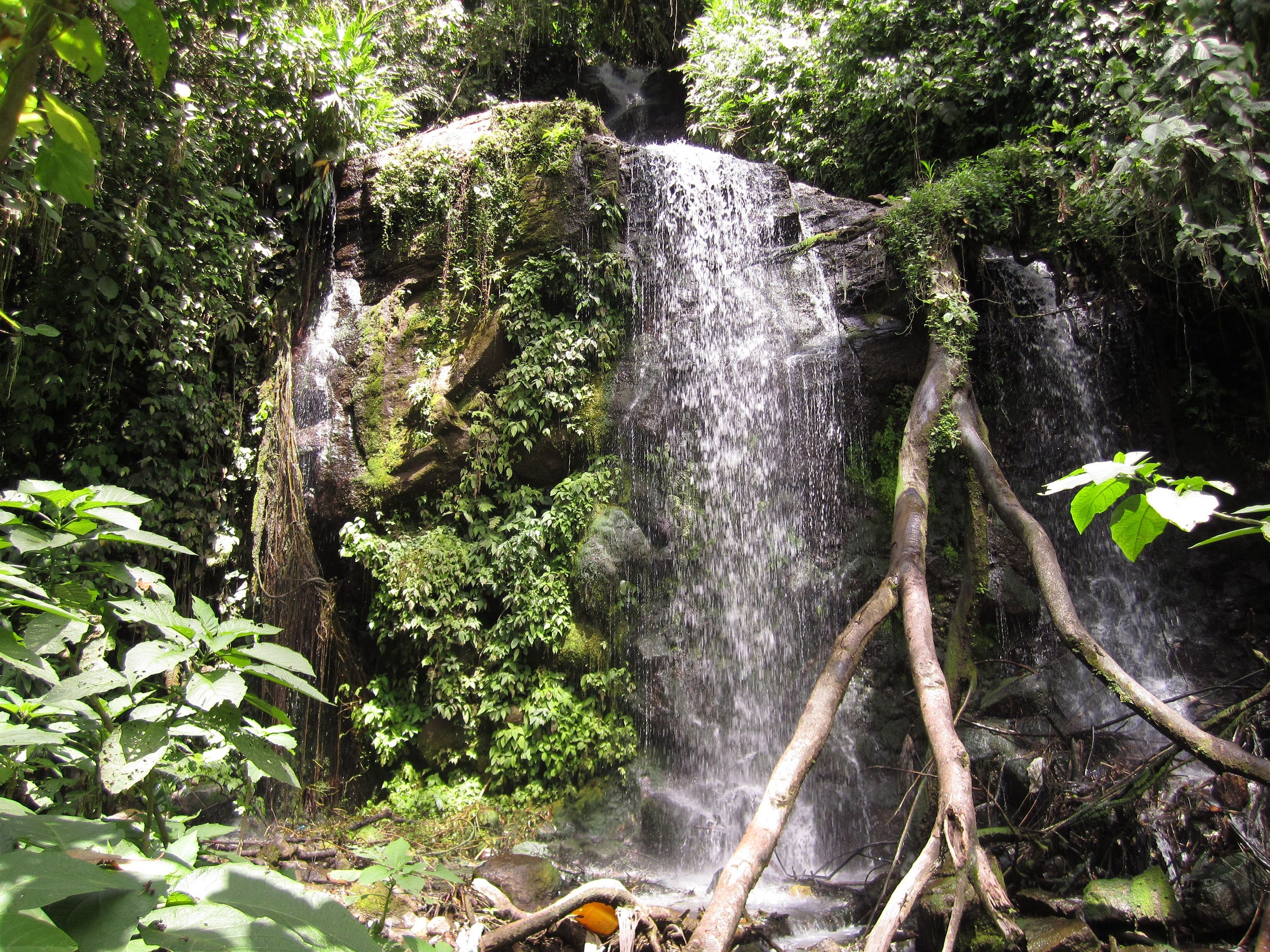
Carbon Neutral Coffee Product
Coopedota is a cooperative in the Santa Maria de Dota town of Los Santos de Tarrazu, Costa Rica. Founded in 1960 by local coffee farmers, the cooperative has taken social and environmental sustainability seriously since the beginning. While emissions can be calculated on the basis of overall land use and operations, as makes sense for a large estate, they can also be tracked for the lifecycle of a product.
Since 2011, Coopedota’s coffee has been certified Carbon Neutral by auditor Carbon Clear, who verifies against PAS 2060, developed by the British Standards Institute in response to the need for a consistent method for assessing the lifecycle greenhouse gas emissions associated with products or services.
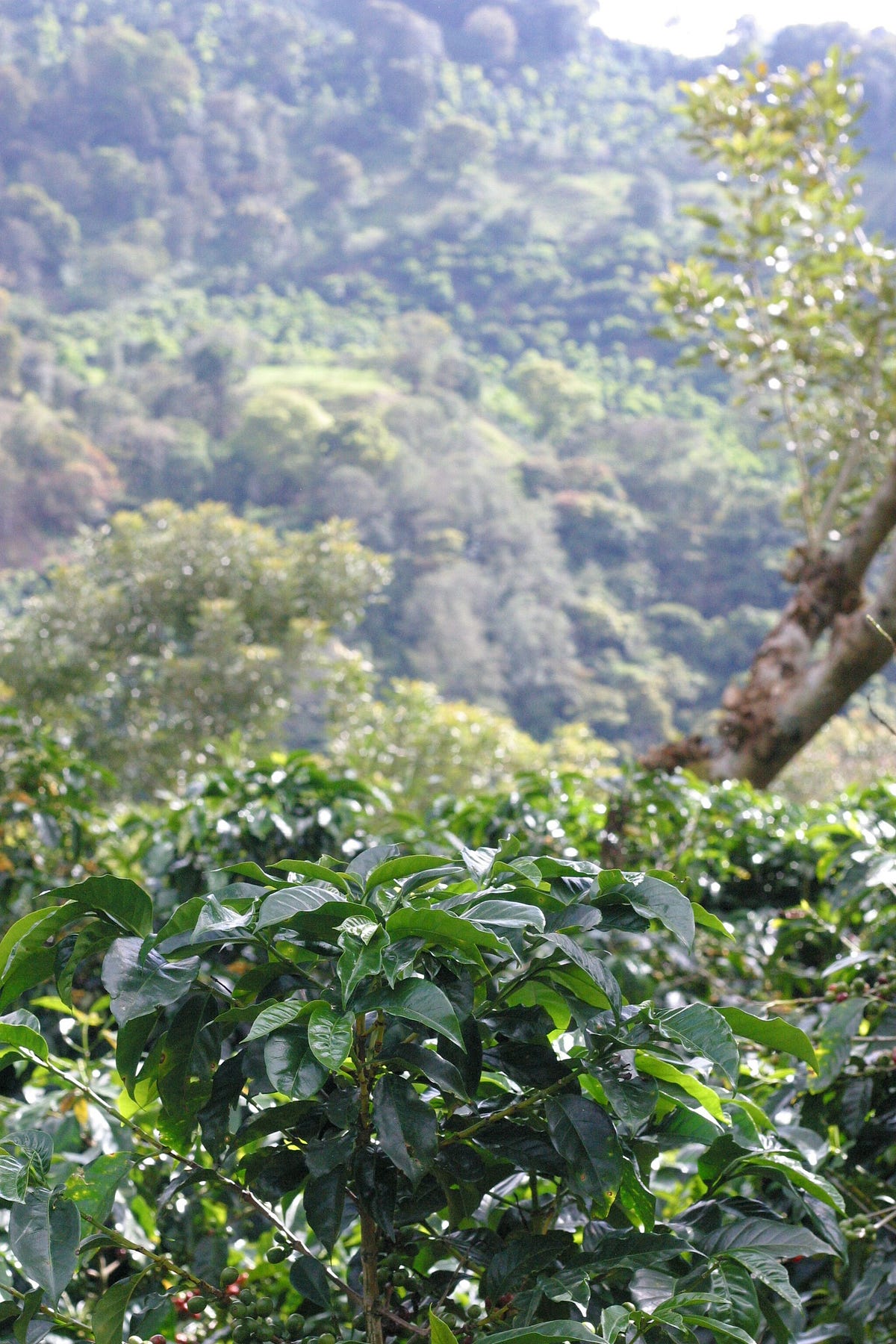
Carbon Neutral product certification analyzes the lifecycle of the product, considering all the emissions associated with the steps needed to create the final product, in this case, green coffee. Coopedota measures emissions from the coffee farms, the wet and dry mills, transportation between farms and mill facilities, overall energy consumption, and waste generated. This is also known as quantifying the size of the carbon footprint of a production process. The larger the “footprint” the more greenhouse gases emitted in the process; the smaller the footprint, the less emissions produced.
Calculating emissions and determining the size of a carbon footprint can be tricky because, as is the case with energy consumption, the actual emissions take place offsite, at a power plant, for example. Coopedota follows these steps to verify the carbon neutrality of their coffee: emission inventory, emission reduction, emission offset, and certification.
To get to carbon neutrality, Coopedota worked for years to improve the sustainability of their milling operations and their members’ farms. In 2001, they eliminated water discharge to rivers, decreased overall water used in washed coffee processing, and implemented fertigation system, applying post-processing waters to pastures used for cattle grazing.
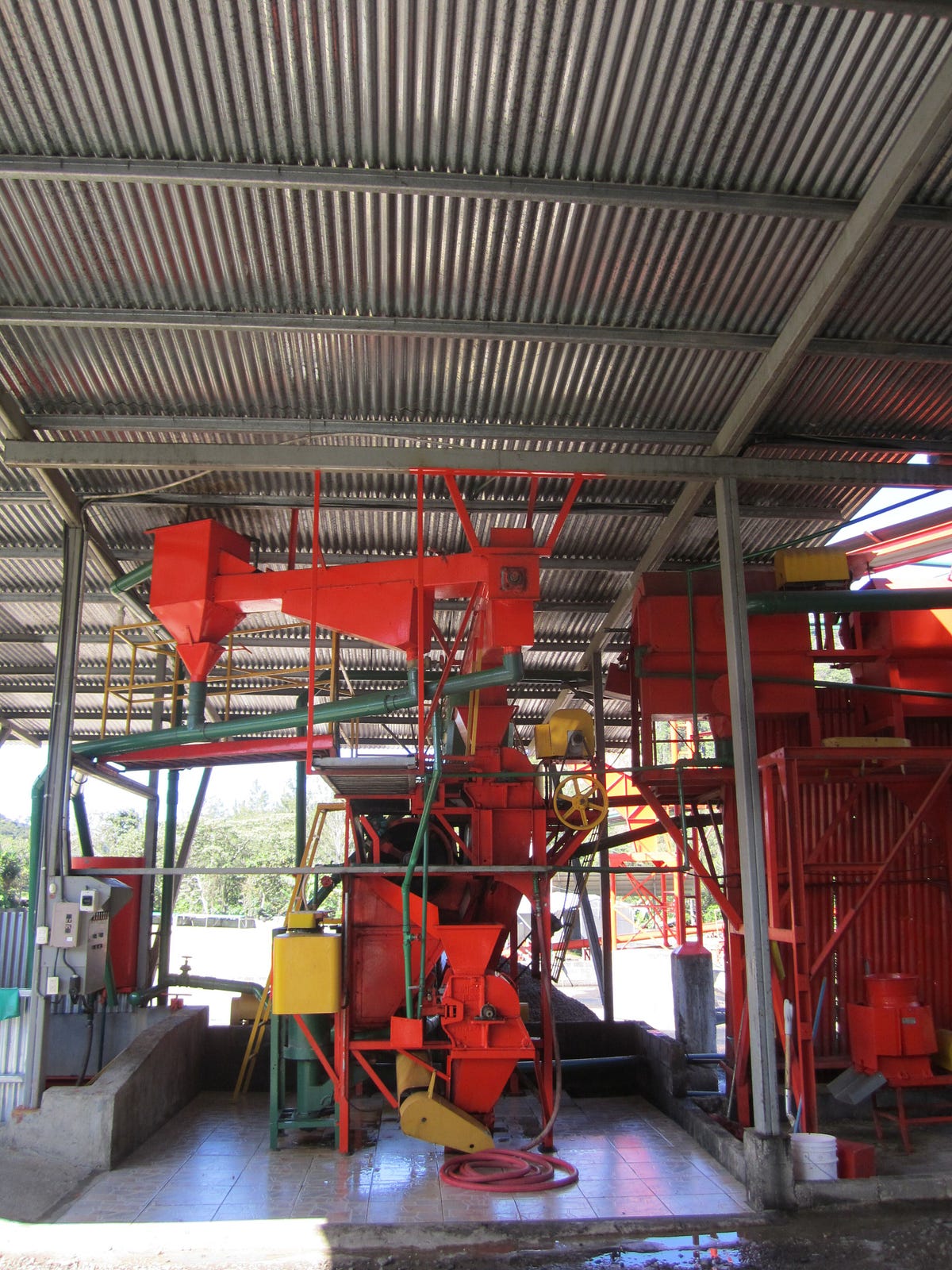
In 2002, they replaced firewood with coffee parchment to generate heat for mechanical coffee drying. By substituting 95% of firewood for coffee parchment removed during milling (and otherwise a waste product), the co-op reduced emissions from drying by 90%.
In 2004, Coopedota drastically decreased electricity used, cutting kilowatt hours per fanega (a volumetric unit of measure specific to Costa Rica) by 40%. By installing a micromill within the larger mill infrastructure, they can process the smaller volumes of coffee at the beginning and ends of the harvest season more efficiently, waiting until the peak harvest to turn on the full milling equipment.
In 2005, Coopedota and the local municipality installed a recycling facility on the co-op’s property, the first of its kind in the Los Santos region. Dota is the first canton where recycling is mandatory.
In 2011 came carbon neutral certification, followed by the Costa Rican Blue Ecological Flag in 2013, granted in recognition of Coopedota’s climate change adaptation and mitigation efforts.
The green coffee product that leaves Coopedota’s facilities is carbon neutral. There are additional emissions generated by the shipping and transportation process, and of course by roasting, packing, and delivery or café service in country of consumption.
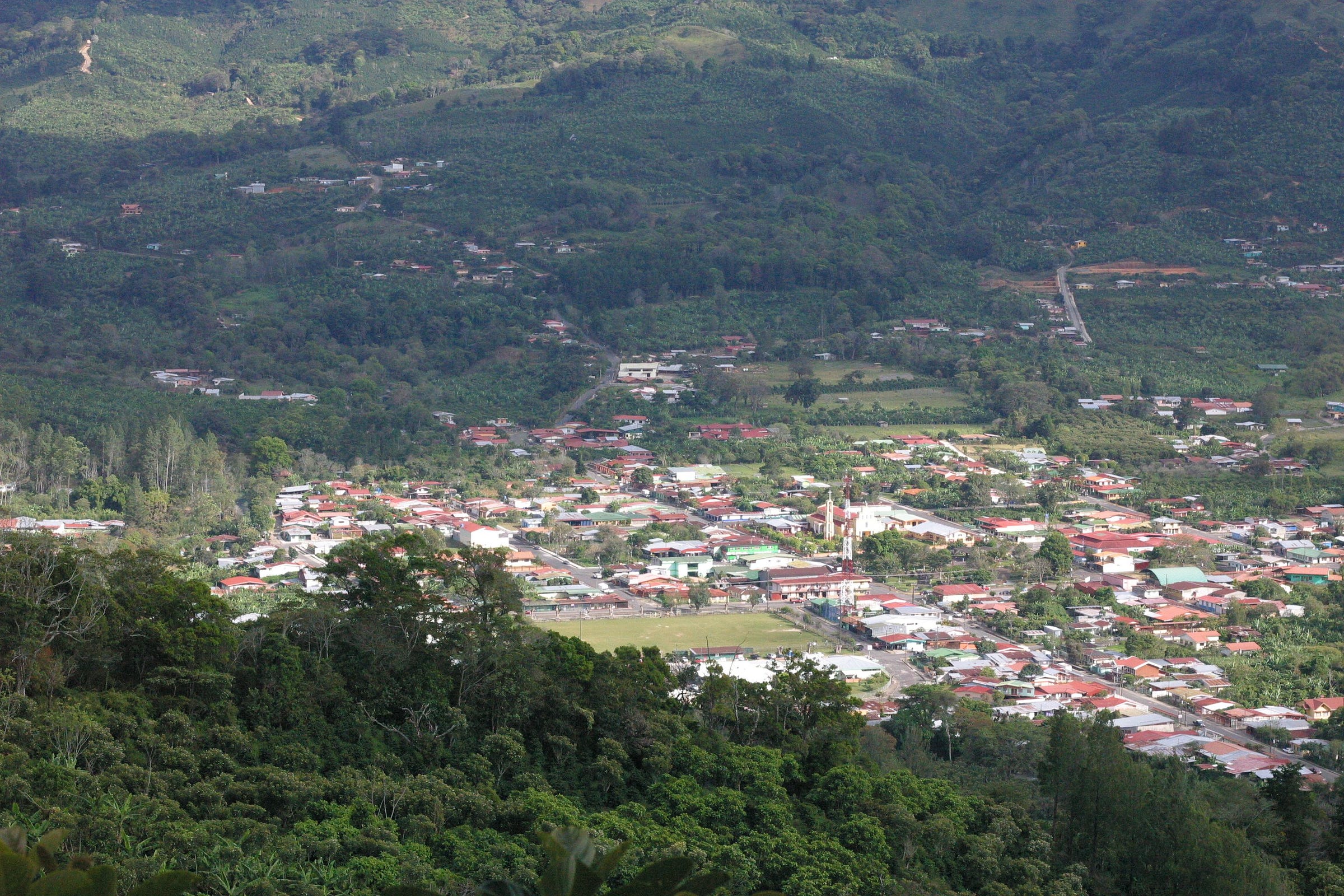
Offsetting Supply Chain Emissions
JUMARP, a cooperative in El Palto, Amazonas, Peru is part of a project called Café Selva Norte that integrates carbon sequestration through agroforestry into coffee production. This generates emissions offsets that in the future will neutralize all in-country emissions. For now, carbon offsets from previous agroforestry projects in cacao and nut farming in other parts of Peru balance the emissions involved in production.
Over time, these agroforestry projects capture more carbon than they produce, and these carbon credits can be allocated to other portions of the supply chain that are net emitters, like transportation. Carbon credits can also be sold to other entities — such as businesses, organizations or even individuals — to offset additional emissions either related to or outside the supply chain, such as roasting coffee or airplane travel.
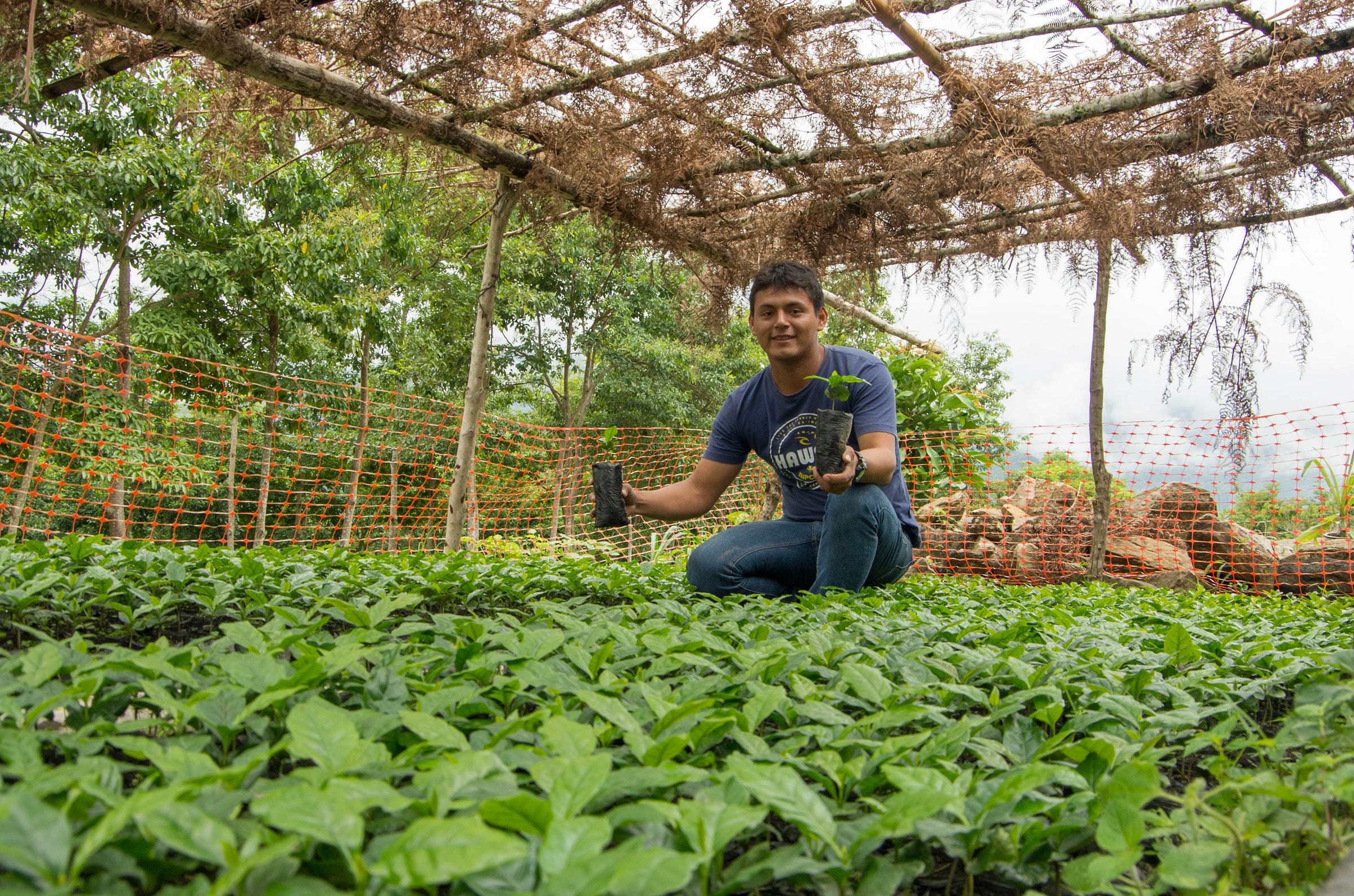
Because it is in its first decade of development, the reforested and agroforestry trees planted through the Café Selva Norte project at JUMARP are still maturing before they can generate carbon credits. This method of calculating carbon offsets — waiting to measure until the carbon has been captured rather than calculating future offsets that will be produced from young trees — is the most accurate way of calculating offsets and building sustainability into the design of the supply chain.
Because coffee is itself a tree, as a crop it has many more mitigation options, like agroforestry, available to its cultivation than other crops that feed more heavily on soil. Unlike other grain crops, coffee trees themselves also sequester ambient carbon. Organic coffee trees, like the ones cultivated by JUMARP’s members, do not generate any emissions from agrochemicals. Conceiving of a coffee farm as an opportunity for net carbon capture invites others in the supply chain, inducing consumers themselves, to purchase those carbon credits as both a compensation for the environmental service and as a responsible offset to generating the emissions that contribute to changes in climate, which are already impacting equatorial smallholder farmers in major ways.
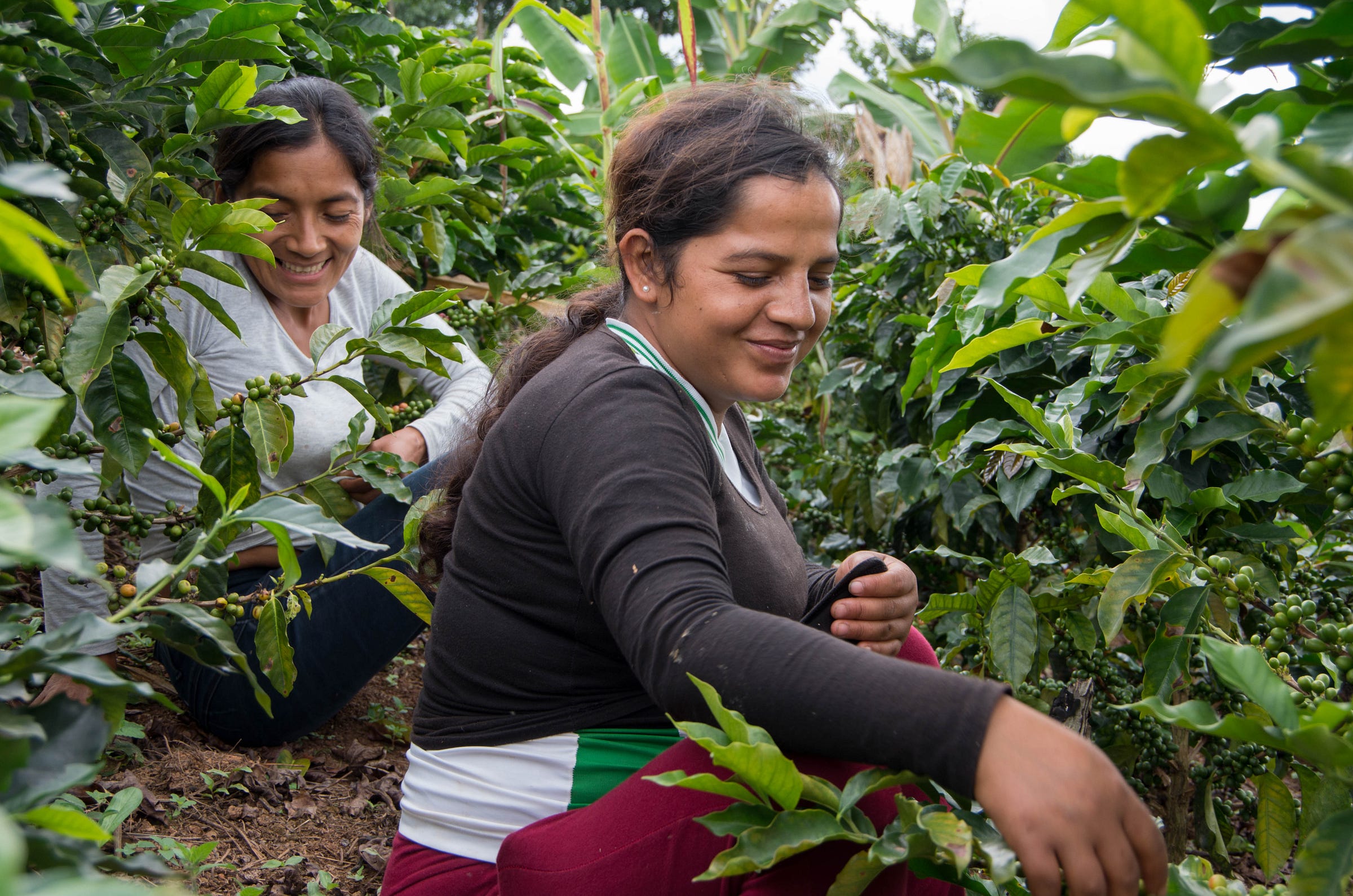
Ally Coffee’s purpose is to open up opportunities that move coffee forward. Our ambition is to continue to build Ally on foundations of shared value and mutual reward and make coffee a global model for business.

